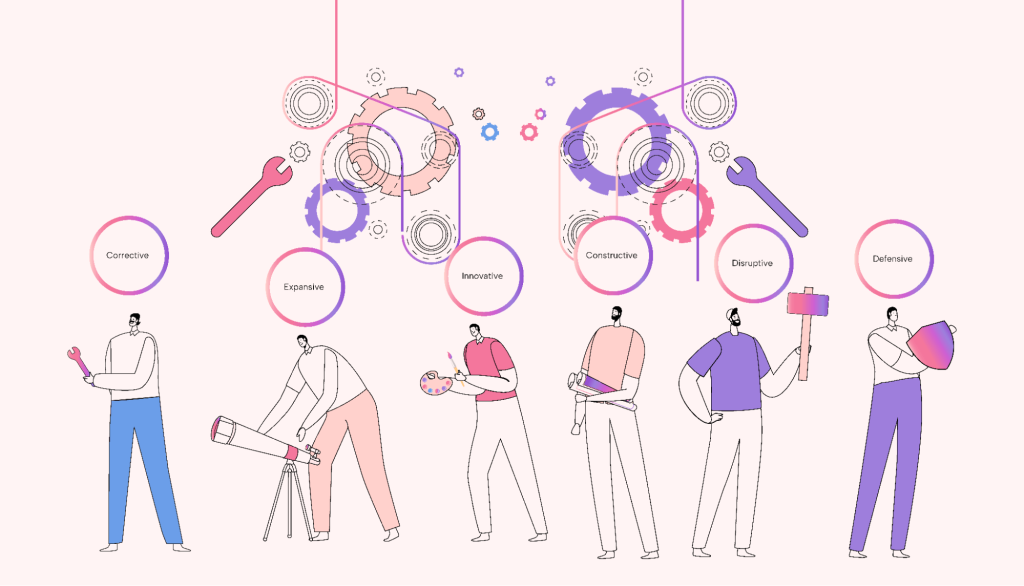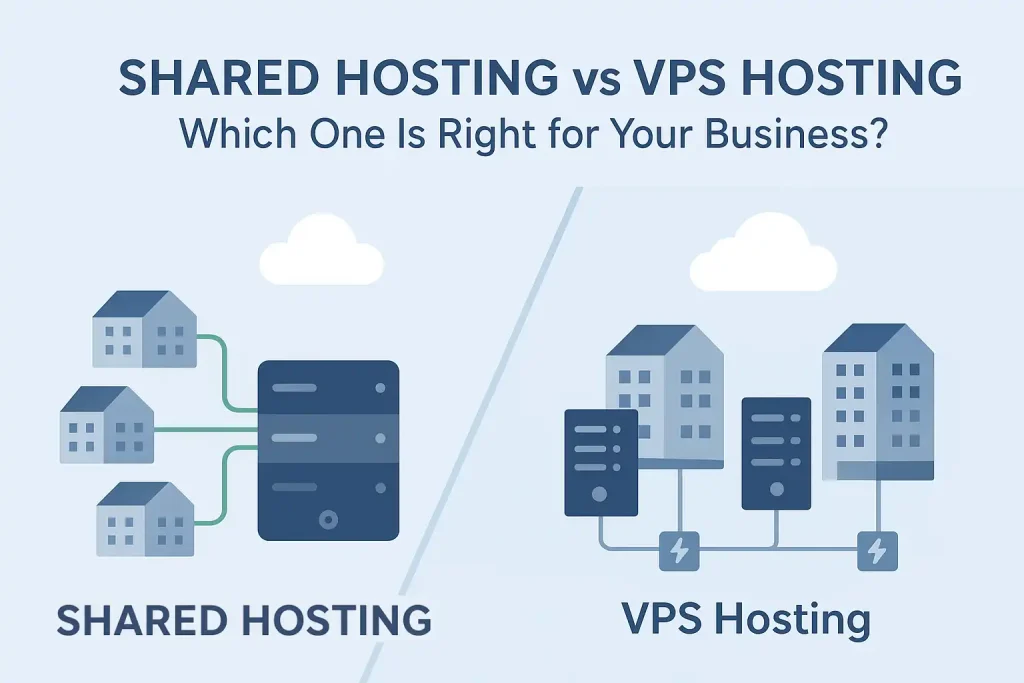In 2025, businesses face more competition and fast-changing markets. To stay ahead, companies must measure their performance with clear data. One of the best ways to do this is by using Key Performance Indicators (KPIs). Financial KPIs help leaders track money flow, costs, and profits. They show if a business is moving in the right direction or needs change.
Human Resource (HR) KPIs are just as important. Employees are the heart of any business. If they are happy, skilled, and motivated, the company grows faster. HR KPIs measure how well a company hires, supports, and keeps its people. When combined with financial KPIs, they give a full picture of business health.
Tracking the right KPIs makes decision-making smarter. It helps reduce waste, improve planning, and boost growth. In this guide, we will explore the most useful HR KPIs and explain why they matter for long-term success.
What Are HR KPIs Or KPIs for HR Managers
HR KPIs are numbers that show how well human resource activities support company goals. They turn daily HR work into measurable results. For example, instead of just saying, “We hired many people,” HR can use a KPI like cost per hire or time to hire to show clear data.
For HR managers, KPIs act like a map. They highlight strengths and weaknesses in areas like recruitment, employee retention, and satisfaction. These indicators help managers plan better and prove the value of HR to the whole organization.
In simple words, HR KPIs are tools that connect employee management with business success. They ensure HR teams are not just handling paperwork but also driving growth and supporting the company’s vision.
Describe How HR Uses Key Performance Indicators (KPIs) to Support Organizational Needs
Human Resources plays a big role in making sure a company reaches its goals. KPIs give HR teams the data they need to measure their impact and adjust strategies when needed. Instead of guessing, HR can use numbers to show how their work supports the business.
For example, if the company wants to reduce costs, HR can track the cost per hire and find better ways to recruit talent. If the goal is to keep skilled workers, HR can measure the employee retention rate and plan programs that improve engagement.
KPIs also connect HR work to overall business performance. A high employee satisfaction index often leads to better productivity and stronger financial results. Tracking absenteeism rates helps identify workplace issues before they affect output.
By using KPIs, HR managers prove how their strategies support growth, reduce risks, and improve efficiency. In short, KPIs turn HR from an administrative function into a strategic partner that drives organizational success.
Top 10 HR KPIs & Metrics

Cost per Hire
The Cost per Hire measures how much money a company spends to recruit a new employee. It includes job advertisements, recruiter fees, interview costs, onboarding, and training. This KPI is important because hiring is one of the biggest expenses for HR.
Why it matters: A high cost per hire may mean the recruitment process is inefficient. A low cost per hire is good, but only if the quality of new hires remains high.
Example:
If a company spends $30,000 in total recruitment expenses in a year and hires 20 employees, then:
Cost per Hire = 30,000 ÷ 20 = $1,500 per employee.
If competitors spend only $1,000, the company may need to adjust its recruitment strategy.
Employee Retention Rate
The Employee Retention Rate shows the percentage of employees who stay with the company during a given period. A high rate means people are satisfied and loyal. A low rate signals turnover problems, which increases costs and hurts productivity.
Why it matters: Retaining skilled workers reduces recruitment expenses, builds stability, and supports long-term growth.
Formula:
Retention Rate = (Employees at end of period ÷ Employees at start of period) × 100
Example:
If a company starts the year with 200 employees and ends with 180, then:
Retention Rate = (180 ÷ 200) × 100 = 90%.
This is a good rate, but HR may still aim for 95% by improving training or offering better benefits.
First-Year Turnover Rate
The First-Year Turnover Rate measures how many new employees leave within their first year. This KPI highlights problems in hiring, onboarding, or culture.
Why it matters: When employees quit within the first year, the company loses money spent on recruiting and training. It also disrupts team stability.
Formula:
First-Year Turnover Rate = (Number of employees who left in first year ÷ Number of new hires in first year) × 100
Example:
If a company hired 50 employees in a year and 15 left before completing 12 months, then:
First-Year Turnover Rate = (15 ÷ 50) × 100 = 30%.
This shows onboarding may need improvement or job expectations may not be clear.
Employee Satisfaction Index
The Employee Satisfaction Index (ESI) is a KPI that measures how content employees are with their jobs and work environment. It usually comes from surveys where employees answer questions about their role, pay, teamwork, management, career growth, and work-life balance. The responses are converted into a score, often shown as a percentage or out of 100.
Why it matters: A high ESI shows employees are happy, motivated, and likely to stay long-term. A low ESI means dissatisfaction, which can lead to poor performance, absenteeism, or resignations.
Example:
A company runs an annual survey and finds the ESI is 70/100, but in the same industry, the average is 82/100. This suggests workers are less satisfied compared to competitors. HR digs deeper and learns employees feel there are limited career development opportunities. In response, the company introduces training programs and a mentorship system. Six months later, ESI improves to 78/100, showing progress.
Net Promoter Score (NPS)
The Net Promoter Score is another key HR metric that measures loyalty and employee advocacy. It is calculated by asking:
“On a scale of 0–10, how likely are you to recommend this company as a good place to work?”
Promoters (9–10): Very satisfied and loyal.
Passives (7–8): Neutral, not unhappy but not loyal.
Detractors (0–6): Dissatisfied and may speak negatively about the company.
The formula:
NPS = % of Promoters – % of Detractors
Why it matters: A high NPS means employees feel proud of their workplace and are likely to stay. A low NPS warns HR that workers are unhappy and may leave or damage the company’s reputation.
Example:
In a survey of 200 employees:
100 rate the company 9 or 10 (Promoters = 50%)
60 rate it 7 or 8 (Passives = 30%)
40 rate it 0–6 (Detractors = 20%)
The NPS = 50 – 20 = 30. This shows moderate loyalty but room for improvement. HR might act by introducing flexible work schedules, better recognition programs, or clearer career paths.
Absenteeism Rate
The Absenteeism Rate tracks the percentage of unplanned absences in the workplace. It includes frequent sick days, no-shows, or other unapproved absences. While some absences are unavoidable, a high rate can reveal deeper issues such as stress, burnout, disengagement, or workplace conflicts.
Formula:
Absenteeism Rate = (Total absent days ÷ Total available workdays) × 100
Why it matters: High absenteeism reduces productivity, puts extra pressure on other employees, and increases company costs. Tracking this KPI helps HR spot problems early and create solutions.
Example:
In a department of 50 employees, the total workdays for a month are 1,000 (50 × 20 days). If employees collectively miss 120 days, then:
Absenteeism Rate = (120 ÷ 1,000) × 100 = 12%.
If the company average is only 5%, HR should investigate why this department is struggling. It could be due to long shifts, poor management, or low morale. Introducing wellness programs, stress management workshops, or schedule adjustments can help reduce absenteeism.
The Percentage of Vacation Days Used
This KPI measures how much of their allotted vacation time employees actually take. It’s important because time off helps workers rest, recharge, and avoid burnout. If employees are not using their vacation days, it may point to work pressure, lack of trust, or fear of falling behind.
Why it matters: A healthy percentage shows that employees feel comfortable taking time off, which improves productivity and mental health. Very low usage may lead to stress, while extremely high usage could signal disengagement.
Example:
If employees are given 20 vacation days a year and on average they only use 10, the usage rate is 50%. HR may need to encourage staff to take breaks or review workloads. In contrast, if the usage rate is 95%, HR should ensure that the company can manage operations during peak vacation times.
Salary Competitiveness Ratio
The Salary Competitiveness Ratio (SCR) shows how the company’s pay compares to the market average. It’s calculated by dividing the company’s average salary for a role by the average market salary for the same role.
Formula:
SCR = (Company Average Salary ÷ Market Average Salary) × 100
Why it matters: If the ratio is too low, employees may feel underpaid and leave for better offers. If it’s much higher, the company could be overspending. A healthy ratio helps keep employees motivated while managing costs.
Example:
If your company pays $55,000 for a role, while the market average is $50,000, the SCR = (55,000 ÷ 50,000) × 100 = 110%. This means your company pays 10% above the market, which may help retain talent. But if the SCR is only 85%, employees may feel undervalued, and HR must review salary structures.
Percentage of the Cost of Workforce
This KPI measures how much of the company’s total expenses are spent on employees. It includes salaries, bonuses, benefits, training, and other HR-related costs.
Why it matters: Labor is usually one of the biggest costs for any organization. Tracking this KPI helps leaders see if workforce costs are reasonable compared to revenue. A very high percentage may show overspending, while too low a percentage might mean the company isn’t investing enough in people.
Example:
If a company’s total expenses are $10 million and workforce costs are $4 million, the percentage is (4M ÷ 10M) × 100 = 40%. If competitors spend 30%, this company may need to check if it’s paying too much in overtime, benefits, or salaries. On the other hand, if costs are too low, it could mean employees are underpaid, which may hurt retention.
Healthcare Expense per Current Employee
This KPI tracks the average cost of providing healthcare benefits for each employee. It covers insurance premiums, medical claims, wellness programs, and other health-related costs.
Why it matters: Healthcare expenses are rising globally, and they can impact company budgets heavily. At the same time, offering good healthcare benefits is important for employee satisfaction and retention. HR must balance affordability with providing quality coverage.
Example:
If the company spends $500,000 on healthcare benefits for 250 employees, then the healthcare expense per employee = (500,000 ÷ 250) = $2,000 per year.
If the industry average is $1,500, the company is paying more than others. HR may renegotiate insurance contracts or introduce wellness programs to reduce costs. But if the expense is much lower than the average, the company risks losing employees to competitors with better benefits.
How to Track HR KPI and Metrics

Tracking HR KPIs is not just about collecting numbers. It’s about connecting data to company goals and using it to improve workforce management. To do this effectively, HR teams should follow three key steps:
1. Set HR Goals
The first step is to define what you want to achieve. Goals should match the company’s overall objectives. For example, if the business wants to cut costs, HR may focus on lowering the cost per hire. If growth is the priority, HR might track employee retention or time-to-fill vacancies.
Clear goals make it easier to choose the right KPIs. Without goals, HR may end up tracking too many numbers that don’t add real value. Goals should also follow the SMART rule: Specific, Measurable, Achievable, Relevant, and Time-bound.
Example:
Instead of saying, “We want happier employees,” a SMART goal would be: “Increase the Employee Satisfaction Index by 10% within the next 12 months.”
2. Manage Your HR KPIs
Once goals are set, the next step is to decide how to measure and manage KPIs. HR should identify the tools or systems needed to collect accurate data. This can include HR software, surveys, or performance management platforms.
It’s also important to set benchmarks. Comparing results with industry standards or past performance helps HR understand if they are improving. Managers should regularly review KPI results and adjust strategies if progress is slow.
Example:
If the first-year turnover rate is 25%, HR might investigate onboarding issues and introduce mentorship programs. After three months, they can check if the turnover rate drops closer to the target of 15%.
3. Track Your HR Team’s Performance
The final step is continuous monitoring. KPIs should not be checked only once a year. Monthly or quarterly reviews give HR managers real-time insights into workforce health.
HR teams should create dashboards or reports that show trends clearly. This makes it easier for leaders to see which areas need attention and which strategies are working. Regular tracking also ensures accountability—every HR activity can be linked back to business results.
Example:
If absenteeism spikes in a certain quarter, HR can investigate immediately instead of waiting for an annual report. Quick action prevents bigger productivity losses.
KPI FAQs
What Is an HR Balanced Scorecard?
An HR balanced scorecard is a performance measurement tool that connects HR activities with business strategy. It helps HR leaders track progress and align employee performance with company objectives. Typically, it focuses on four perspectives:
Financial goals – Measuring the impact of HR initiatives on cost reduction, revenue growth, and overall profitability.
Customer goals – Understanding employee satisfaction, customer service quality, and how HR practices influence the customer experience.
Internal process goals – Evaluating the efficiency of HR processes such as recruitment, onboarding, performance management, and compliance.
Learning and growth goals – Assessing employee development, training, skill acquisition, and overall organizational growth potential.
This balanced view ensures that HR doesn’t just look at costs but also at long-term value creation.
Which Key Performance Indicators (KPIs) Reflect the ROI of Using Global HR Software?
When investing in global HR software, companies often want to measure return on investment (ROI). Key KPIs include:
Time-to-hire – Reduced recruitment timelines through automation.
Employee turnover rate – Monitoring retention improvements after software adoption.
HR service delivery time – Faster responses to employee requests and queries.
Compliance metrics – Decrease in errors or penalties due to automated reporting.
Cost per hire – Lower costs thanks to streamlined recruiting workflows.
Together, these KPIs show how technology drives efficiency, cost savings, and strategic workforce management.
What HR KPIs Should Be Tracked Post-Implementation?
After rolling out HR software or new HR processes, tracking post-implementation KPIs is vital. Some key ones include:
System adoption rate – Percentage of employees actively using the platform.
Employee satisfaction – Feedback on ease of use and effectiveness.
Process efficiency – Comparison of task completion times before and after implementation.
Training completion rate – Ensuring employees are fully equipped to use the new system.
Error reduction – Measuring the decrease in payroll or compliance issues.
These indicators help HR determine whether the system meets expectations and delivers measurable improvements.
How Do I Track Key HR and Ops KPIs in One Place?
Tracking HR and operations KPIs in a single place ensures better alignment across departments. To achieve this:
Use an integrated HR & operations dashboard that consolidates data from multiple systems.
Leverage business intelligence (BI) tools like Corexta for real-time insights.
Adopt centralized HR software with built-in reporting features.
Set automated alerts and reporting schedules to keep decision-makers informed.
Bringing HR and operations KPIs together allows leadership to monitor workforce productivity, financial health, and overall business performance at a glance.

Characteristics of Good HR KPIs
Not every metric qualifies as a strong key performance indicator. To be effective, HR KPIs should guide decision-making, track progress, and connect employee performance with organizational goals. The most important characteristics of good HR KPIs include:
Simple – A KPI should be easy to understand by HR teams, managers, and employees. Complex metrics can create confusion and reduce engagement. For example, tracking “employee turnover rate” is clearer than using an overly technical formula that few understand.
Actionable – A KPI must provide insight that leads to specific actions. If HR leaders can’t make a decision or adjust a strategy based on the metric, then it’s not useful. For instance, “time-to-hire” helps recruiters take action by optimizing the hiring process.
Relevant – Good KPIs are directly tied to business objectives. If a company’s priority is improving employee retention, tracking “training completion rate” may be less relevant than “employee satisfaction score.”
Measurable – A KPI should be based on quantifiable data rather than opinions. This ensures accuracy and consistency. For example, instead of saying “improve engagement,” measure it through “employee engagement survey score.”
Aligned – The KPI should align with broader organizational strategy. HR metrics like “revenue per employee” or “cost per hire” should connect HR outcomes to financial and business goals, creating a shared vision across departments.
By focusing on these characteristics, HR leaders ensure that their KPIs not only track progress but also influence meaningful business improvements.
Time to Onboard Some HR KPIs 🚀
HR metrics are essential for understanding whether your team is meeting its objectives. They act as the guiding performance indicators every organization needs to measure the effectiveness of its HR department.
However, selecting the right KPI is just the beginning—consistent tracking is what truly drives results. That’s where Corexta comes in.
With Corexta, you can design custom employee onboarding templates, streamline HR processes, and keep a clear view of your KPIs all in one place. It simplifies recruitment, ensures accountability, and helps your HR team stay aligned with company goals.
Start using Corexta for free today and give your HR department the clarity and direction it needs to perform at its best.
Read More: 10 Excellent Financial KPIs You Need To Track In 2025










